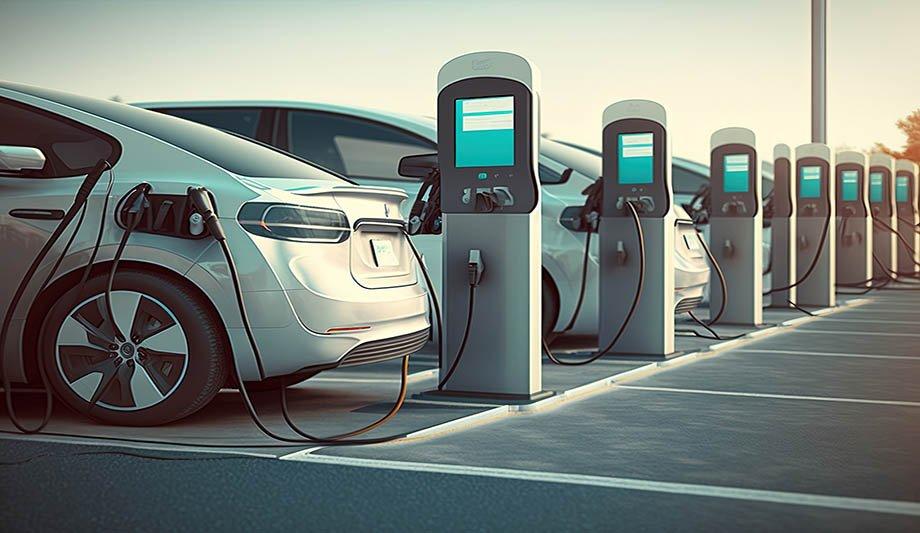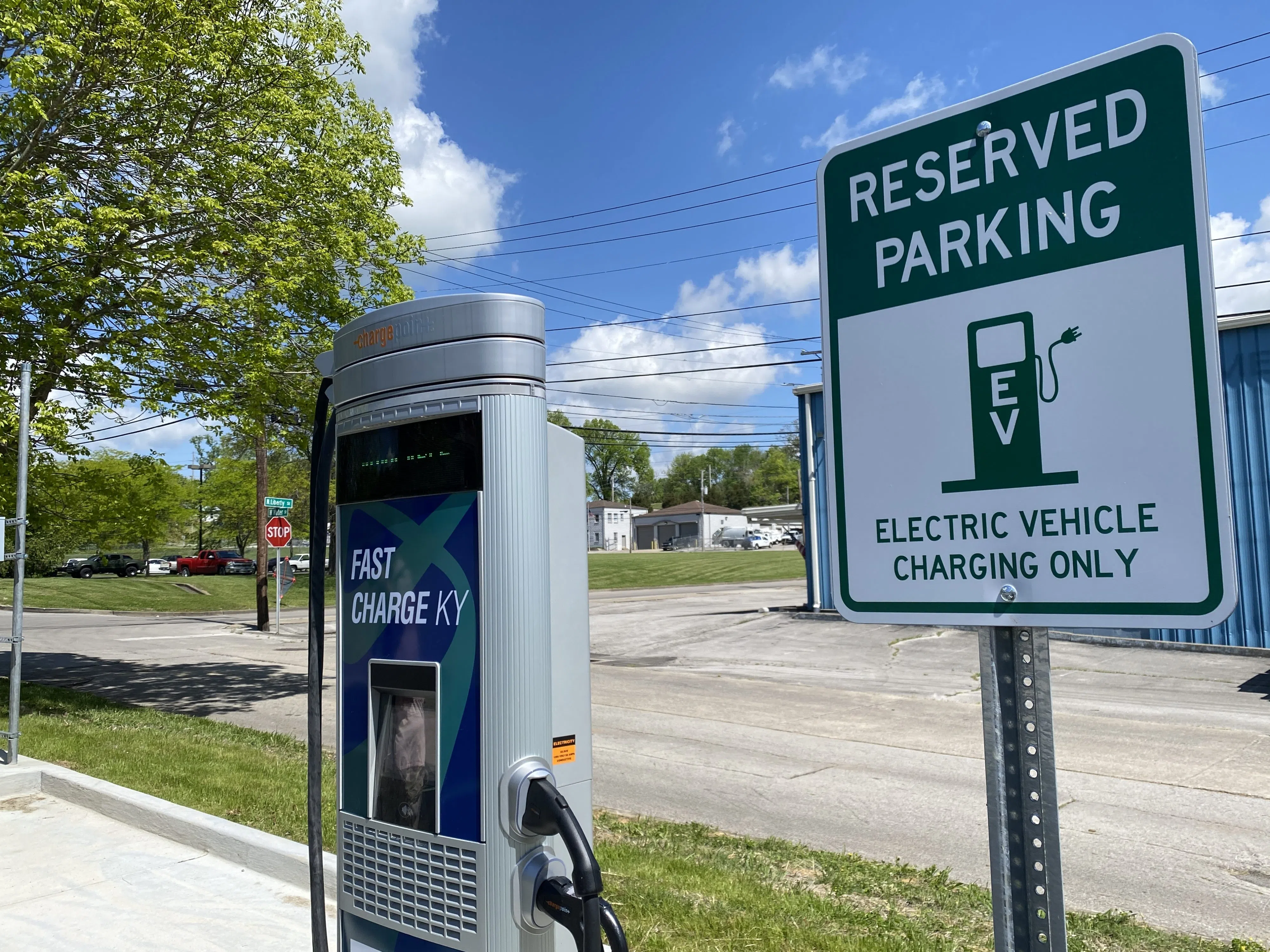Leading EV Charging News: Secret Updates on Framework and Innovation

Current Improvements in Fast-Charging Innovation

Furthermore, innovations in battery innovation, consisting of improved thermal administration systems and greater energy thickness batteries, enhance fast-charging capabilities. These advancements mitigate the danger of battery destruction during fast charging, ensuring durability and efficiency for EV owners.
Furthermore, the assimilation of smart billing services is improving customer experience, enabling real-time tracking and vibrant rates models. EV Charging news. This versatility enables vehicle drivers to optimize charging expenses and times based upon grid need
As car manufacturers remain to purchase fast-charging networks, the partnership in between market stakeholders is critical. Partnerships between charging station companies and auto manufacturers are paving the way for comprehensive protection, eventually promoting a much more durable EV ecosystem. These innovations are essential in supporting the shift to sustainable transportation.
Government Campaigns for Billing Expansion
Government initiatives play a crucial duty in the development of electrical lorry (EV) billing infrastructure, helping with the transition to sustainable transportation. Various federal and state programs are being carried out to improve charging accessibility, lower the financial problem on consumers, and promote the fostering of electrical automobiles.
Especially, the U.S. federal government has designated substantial funding with the Framework Financial Investment and Jobs Act, which earmarks $7.5 billion for EV billing network growth across the nation. This funding is intended at deploying hundreds of brand-new charging stations, particularly in underserved areas, thereby addressing array stress and anxiety among possible EV buyers.
Furthermore, various states are establishing regulations to streamline the permitting process for billing terminal installments, which is essential for speeding up deployment. Rewards such as tax obligation credit scores and rebates for both consumers and businesses are likewise being presented to motivate the setup of charging facilities.
Moreover, public-private collaborations are progressively ending up being a focus, leveraging private investment to complement federal government financing. These campaigns emphasize a joint method important for constructing a detailed and reliable EV charging network, ultimately adding to a greener and more sustainable future.
Innovative Battery Solutions Enhancing Efficiency
Revolutionizing the landscape of electric automobile (EV) technology, cutting-edge battery services are considerably improving effectiveness and performance. Breakthroughs in battery chemistry, particularly with lithium-sulfur and solid-state batteries, are leading to increased energy density, which enables longer ranges and faster billing times. These brand-new battery types have the potential to outshine standard lithium-ion batteries by using higher capacities while reducing More about the author weight, thus improving general vehicle effectiveness.
In addition, advancements in battery administration systems (BMS) are enhancing energy use and prolonging battery life-span. Smart formulas monitor battery health and wellness and performance, enabling real-time modifications to billing and releasing procedures. This not just boosts the efficiency of the battery however additionally ensures a more trustworthy and lasting power resource for EVs.
Moreover, the integration of recycling modern technologies is dealing with the environmental effect of battery manufacturing and disposal. Developments in second-life applications for EV batteries are facilitating their use in energy storage systems, adding to a round economy.
As these innovative battery remedies remain to progress, they guarantee to transform the EV market, making electrical lorries more appealing and accessible to a more comprehensive audience while sustaining worldwide sustainability goals.

Cooperation Between Automakers and Charging Networks
Acknowledging the essential demand for a durable billing infrastructure, automakers are increasingly collaborating with charging network companies to improve the EV ownership experience (EV Charging news). These partnerships aim to produce a seamless charging ecosystem that benefits customers and sustains the change to electrical cars
Significant automotive brands are joining pressures with established charging networks to increase their billing station protection, ensuring vehicle drivers have accessibility to practical and reliable billing options. Partnerships with networks like ChargePoint and Electrify visit their website America enable car manufacturers to incorporate charging remedies directly into their automobiles' navigation systems, directing customers to the nearest stations and supplying real-time schedule updates.
Moreover, these partnerships commonly cause the growth of fast-charging modern technologies that significantly minimize the moment required to recharge an EV. By pooling resources and know-how, car manufacturers and charging networks can introduce much faster, creating services that satisfy the growing demand for electrical movement.
On top of that, joint campaigns might also bring about more standard charging protocols, which can minimize customer confusion and promote broader EV adoption. On the whole, these calculated alliances are essential in developing a reliable and easy to use charging framework that fulfills the requirements of an increasing electrical vehicle market.
Obstacles Encountering EV Billing Facilities
As the electric vehicle market remains to grow, numerous challenges are surfacing that impede the advancement of a detailed charging infrastructure. One of the primary obstacles is the inadequate variety of billing stations, particularly in underserved and rural urban locations. This void creates array anxiousness among prospective EV customers, hindering them from making the button.
Furthermore, the lack of standardization in billing modern technology makes complex the infrastructure landscape. Variants in plug types and charging rates can create confusion for users and increase operational complexities for charging network drivers. Additionally, the assimilation of charging terminals right into existing electric grids presents substantial challenges. Lots of regions face capacity restrictions, calling for considerable financial investments in grid upgrades to fit raised need.
One more pressing problem is the high price related to the setup and upkeep of charging terminals, which can be an obstacle for both personal businesses and public entities. Regulatory difficulties and zoning restrictions can postpone the release of charging facilities, hindering progress in increasing necessary solutions. Addressing these challenges will certainly be crucial for cultivating a durable EV ecological community that sustains the transition to lasting transportation.
Conclusion
In final thought, the recurring improvements in EV billing technology, supported by considerable federal government campaigns and cutting-edge battery options, are vital for the growth and performance of electric vehicle facilities. Partnerships between automakers and charging providers additionally enhance station insurance coverage, resolving the expanding demand for available charging alternatives. Regardless of try these out challenges that persist within the EV billing landscape, these growths indicate a favorable trajectory in the direction of a much more sustainable and effective electric car ecological community.
Technologies in billing infrastructure have led to the growth of ultra-fast battery chargers capable of providing up to 350 kW of power, substantially minimizing charging times. Variations in plug kinds and charging rates can create complication for users and increase functional intricacies for charging network operators.In conclusion, the ongoing advancements in EV billing innovation, supported by significant federal government initiatives and cutting-edge battery options, are critical for the growth and efficiency of electric automobile facilities. Collaborations in between car manufacturers and charging service providers further boost station coverage, dealing with the growing need for obtainable charging options. Regardless of challenges that continue within the EV billing landscape, these advancements indicate a favorable trajectory towards a more efficient and sustainable electric vehicle ecosystem.